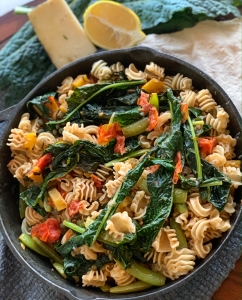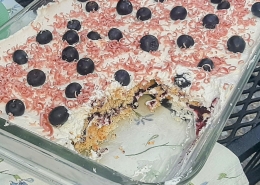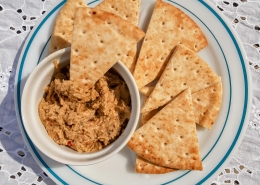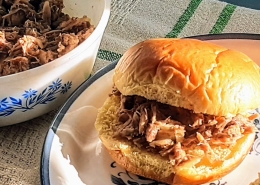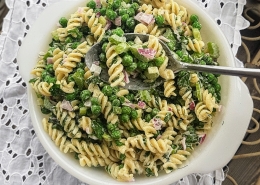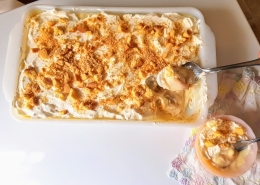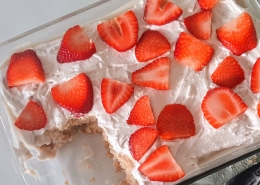Kabocha Squash (Japanese Pumpkin) Bread
This sweet bread is a great treat as the weather gets colder, with warm and comforting spices that are perfect for a fall day. Instead of using a regular American pumpkin, this loaf uses kabocha squash to make it moist and flavorful. Kabocha squash is also known as Japanese pumpkin, its flavor is somewhere between a pumpkin and a butternut squash and it’s texture is wonderful for baking. Enjoy this bread fresh out of the oven or toasted with some butter the next morning.
If kabocha isn’t in season when you make this recipe, you can substitute with pumpkin puree for a similar flavor. This recipe can also be made vegan very easily by using vegan butter and “flax eggs.” To make a flax egg, grind 1 T of flax seed with 3 T of water and set it in your refrigerator for 15 minutes before adding it in the place of eggs. I made a vegan version of this sweet bread for our Front End team meeting and it was a hit!
Ingredients: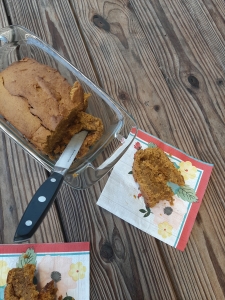
2 Cups all purpose flour
½ Tsp salt
1 Tsp baking soda
½ Tsp baking powder
1 Tsp ground cloves
1 Tsp ground cinnamon
1 Tsp ground nutmeg
2 Cups brown sugar
2 eggs
⅔ Cup unsalted butter
2 Cups kabocha puree
To make kabocha puree: 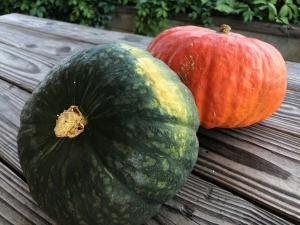
Peel a small kabocha squash.
Cut the kabocha in half and scoop out it’s seeds, then chop it into large cubes.
In a large pot, add the kabocha cubes to boiling water. Boil for 20 minutes.
Remove the pot from heat. Using a colander, strain the kabocha from the boiling water.
Transfer the kabocha to a food processor or blender until it is smooth to form the puree.
Drain any excess water from the puree using a cheesecloth or a fine mesh strainer.
Set the puree aside until you are ready to bake.
To bake the bread:
Preheat your oven to 375℉
In a large bowl, combine your flour, spices, salt, baking powder and baking soda. Whisk them together and set it aside.
In a separate smaller bowl, add your butter and sugar. Cream them together by beating them with a whisk until combined.
Add your eggs to the sugar and butter mixture, beating until the mixture becomes fluffy.
Pour your kabocha puree into the mixture and beat it until the mixture is combined.
Add your dry ingredients and fold the wet and dry mixtures together until a thick batter is formed.
Transfer the batter to a 9″ x 5″ loaf pan.
Bake for one hour and 15 minutes or until a toothpick comes out clean.
Serve it warm and fresh out of the oven or the next morning toasted with a little bit of butter. Enjoy!

